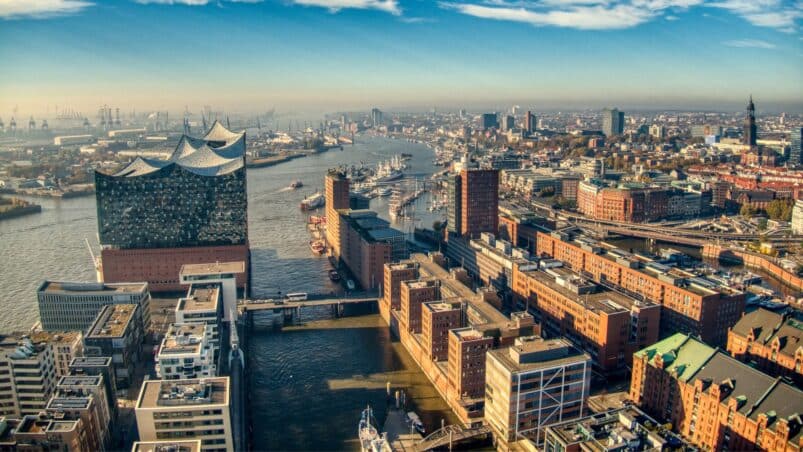The “Eleven to Zero” initiative, a group of cultural institutions in Hamburg, has published its first carbon dioxide (CO2) balance sheet. The publication is part of a process to become carbon neutral. The initiative was established in the summer of 2022 with the help of the Hamburg Authority for Culture and Media and consists of 11 institutions, including heritage organisations.
Who are they? The institutes involved are the Hamburg Museum of Arts and Crafts (MK&G), Altonaer Museum, the Archaeological Museum Hamburg and the Harburg City Museum, the Bucerius Kunst Forum and the Deichtorhallen Hamburg, the German Harbor Museum, the Hamburger Kunsthalle, the Neuengamme concentration camp memorial, the Rothenbaum Museum, Cultures and Arts of the World (MARKK), the Museum of Work and the Museum of Hamburg History.
To get things started, 17 people from the participating institutes were qualified as “transformation managers for sustainable culture.” They did a training course and now support their institutions with specialist knowledge to integrate the topic of operational ecology into everyday museum life, a project statement by MK&G reads.
What does the balance sheet do? The balance sheet offers an overview of the institutions’ carbon emissions, making it easier for them to implement cost-saving measures. Some of the measures already implemented include the use of smart thermostats and LED lighting.
Got any numbers? The 11 institutions emit a combined 8,422.66 tons of CO2 per year, with 90.4% of emissions being attributed to electricity and heat consumption in their buildings, The Mayor.eu reported. That is roughly equivalent to nine fully occupied wide-bodied aircraft flying from Hamburg to New York.
The yearly emissions rise to 40,000 tons when transport emissions from visitors are included. Although it’s a lot more difficult for the museums to lower those numbers because visitors can choose how to travel.
Carsten Brosda, Senator for Culture and Media, explained that it’s for the first time institutions have concrete data on what to do to bring down their emissions. He added: “With the results of “Eleven to Zero”, we can now make the operation of museums and exhibition halls more sustainable and make further progress in protecting the climate.”

